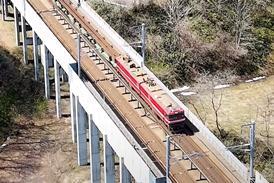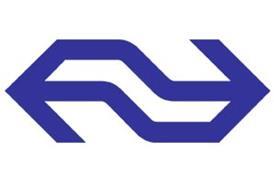Close menu
- Home
-
News
- Back to parent navigation item
- News
- Traction and rolling stock
- Passenger
- High speed
- Freight
- Infrastructure
- Policy
- Technology
- Ticketing
- Business
- Research, training and skills
- Accessibility and inclusion
- People
- Urban rail news
- Suburban and commuter rail
- Metro
- Light rail and tram
- Monorail and peoplemover
- Regions
- InnoTrans
- In depth
- Events
- Data
- Maps
- Tenders & Jobs
- Sponsored content
- Insights
Network modelling simplifies infrastructure data management
By Railway Gazette International1998-03-01T11:00:00
INTRO: German Railway is currently automating the administration of its network infrastructure data using the DB-GIS geographical information systemGERMANY’s rail network - like others in Europe - is undergoing a fundamental transition from a state-protected monopoly into a competitive market-oriented transport provider. Driven by a political desire to boost rail ...
Already have an account? LOG IN
To continue…
You’ve reached your limit of content for the month














